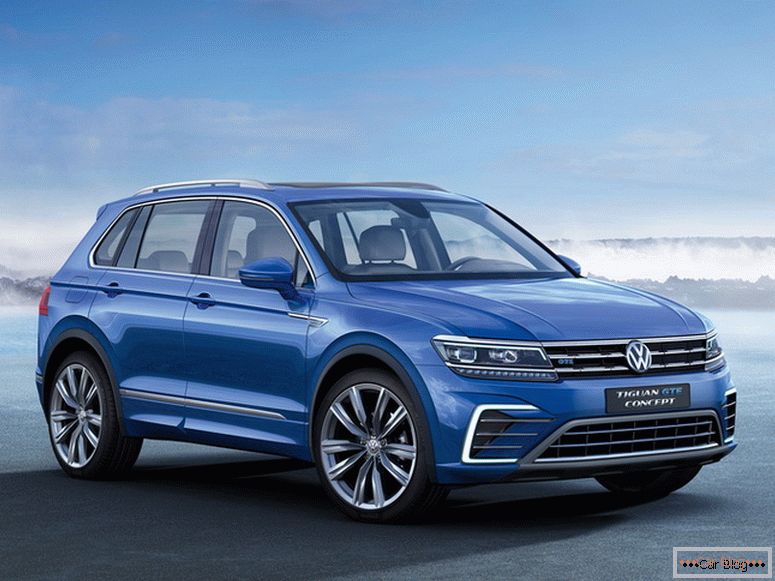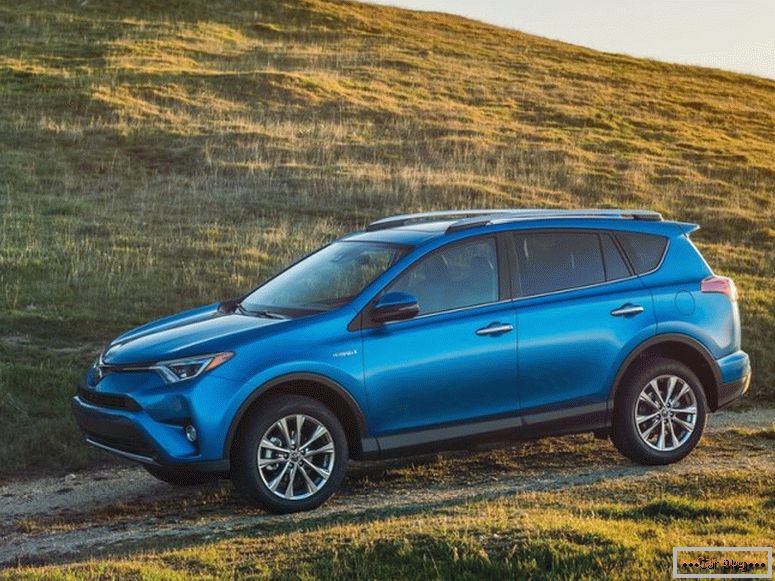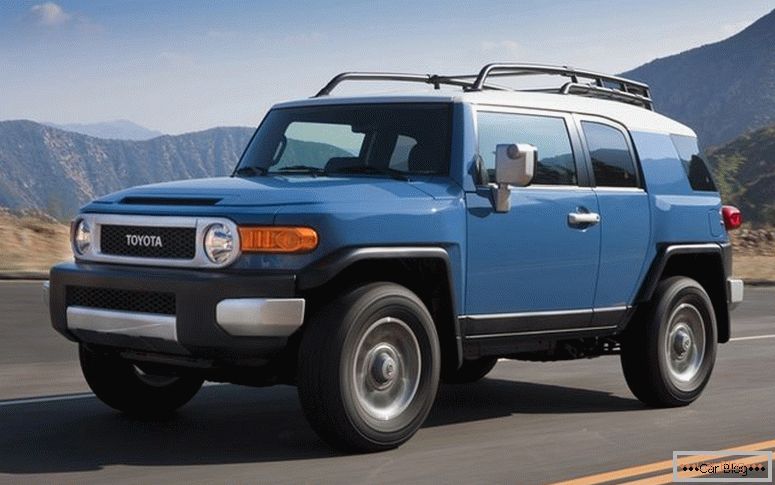In the modern world, SUVs and crossovers are particularly popular due to their high degree of safety and maneuverability. However, not many people know the difference between a crossover and an SUV, taking these types of bodies for the same thing, although there are significant differences between them, which lie in the characteristics, design features, fuel consumption, and applications.
Content
- Crossover Features
- Scope of crossovers
- Patency
- Transmission
- Body
- Suspension
- Wheels
- SUV Features
- SUV Scope
- Patency:
- Transmission
- Body
- Suspension
- Wheels
- Advantages and disadvantages
Crossover Features
Crossovers are a new generation of SUVs, which are based on the creation of passenger cars. Crossovers with a high degree of cross-country ability, and their characteristic features are:
- high landing;
- high ceiling;
- four-wheel drive;
- large clearance of the road, whose size is 165-190 mm;
- profitability;
- the lack of a frame, which is one of the main differences between the crossover from the SUV;
- lack of transfer case;
- the relative power of the backlight, which is significantly inferior to that of jeeps and is similar in cars;
- small body size.
In the process of developing and creating crossovers, manufacturers resort to the use of designs that are characterized by modernity and high adaptability. The most popular representatives of the family of classics are presented:
- Volkswagen Tiguan 2016

- Toyota RAV4 2016

1. Scope of application:
- Off-road vehicle shows confident off-road handling, which to some extent is lost in the process of driving within the city or on an asphalt surface.
- A crossover is a great way to travel on city roads, which, if necessary, can easily cope with light off-road conditions. However, in the presence of serious obstacles it may be useless.
2. Comfort:
- The vast majority of SUVs are characterized by a spacious, but uncomfortable interior space, which is largely due to the large size of the car.
- When creating a crossover, greater emphasis is placed on comfort, which directly affects the feelings of car owners.
3. Transmission:
- Off-road vehicles are equipped with low gear, which is an undoubted advantage in case of need to overcome hard and strong off-road.
- Since crossovers are more urban cars, they do not provide for a transfer gearbox.
4. Suspension:
- Jeeps are characterized by the presence of a dependent suspension, which has a long stroke, which makes it possible to freely overcome the deepest holes and depths. However, the softness of the ride suffers.
- Suspension кроссоверов отличается большей прочностью и усиленностью в сравнении с легковыми автомобилями, но не дотягивает до повсеместной езды «по ухабам и оврагам».
5. Wheels:
- The diameter of the wheels of off-road vehicles begins with a size of 30 inches, which again still allows to overcome the most complex surfaces.
- Crossovers are also equipped with low-profile wheels, more designed to drive around the city.
As you can see, between SUVs and crossovers have little in common. The only thing is the appearance, which, however, can also be questioned if an experienced car owner intervenes. The crossover is a car for the city, hardly coping with strong off-road. An SUV is the same all-terrain vehicle, focused exclusively on driving in uneven terrain.



